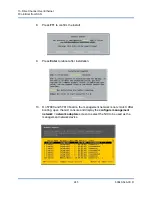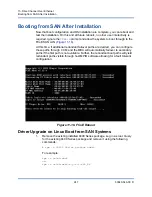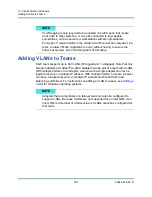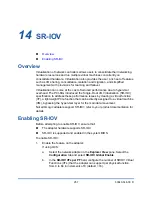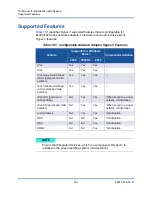
12–NIC Partitioning and Bandwidth Management
Configuring for NIC Partitioning
251
83840-546-00 D
Supported Operating Systems for NIC Partitioning
The QLogic 8400/3400 Series 10 Gigabit Ethernet adapters support NIC
partitioning on the following operating systems:
Windows Server 2008 family
Windows Server 2012 family
Linux 64-bit, RHEL 5.5 and later, SLES11 SP1 and later
VMware ESXi 5.0, 5.1, 5.5, and 6.0
Configuring for NIC Partitioning
When NIC partitioning is enabled on an adapter, by default, no offloads are
enabled on any physical function (PF) or virtual NIC (vNIC). The user must
explicitly configure storage offloads on a PF to use FCoE and/or iSCSI offload on
an adapter.
Configuration Parameters
Number of Partitions
The number of partitions for the port. Each port can have from one to four
partitions with each partition behaving as if it is an independent NIC port. The user
can disable a selected partition by disabling all protocols (Ethernet, iSCSI and
FcoE) on that partition.
NOTE
32-bit Linux operating systems have a limited amount of memory space
available for Kernel data structures. Therefore, it is recommended that only
64-bit Linux be used when configuring NPAR.
NOTE
In NPAR mode, SR-IOV cannot be enabled on any PF (vNIC) on which
storage offload (FCoE or iSCSI) is configured. This does not apply to
adapters in Single Function (SF) mode.
NOTE
In NPAR mode, users should avoid teaming or bonding partitions on the
same physical media. Such configuration still results in a single point of
failure which defeats the purpose of ports teaming or ports bonding.









